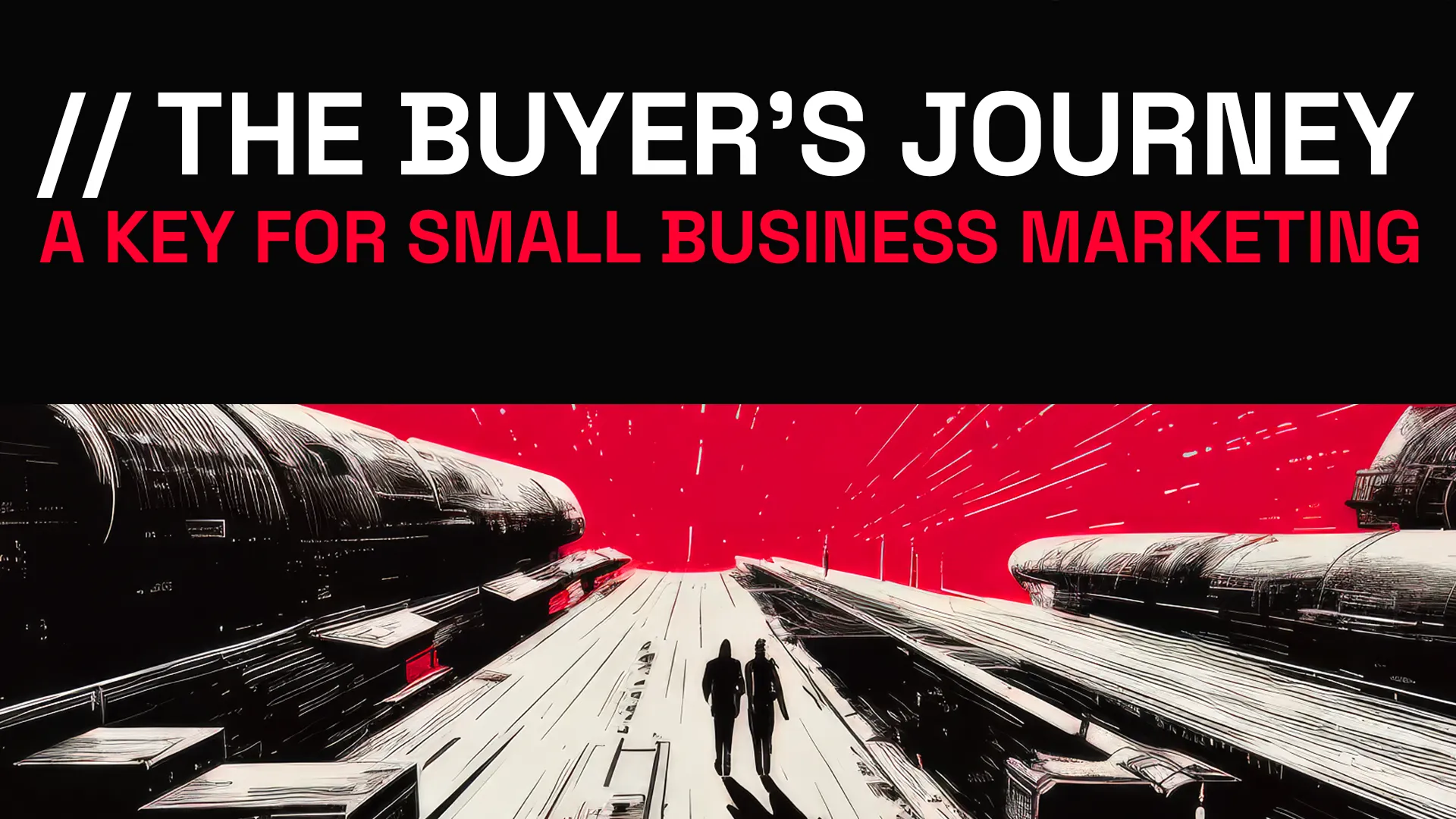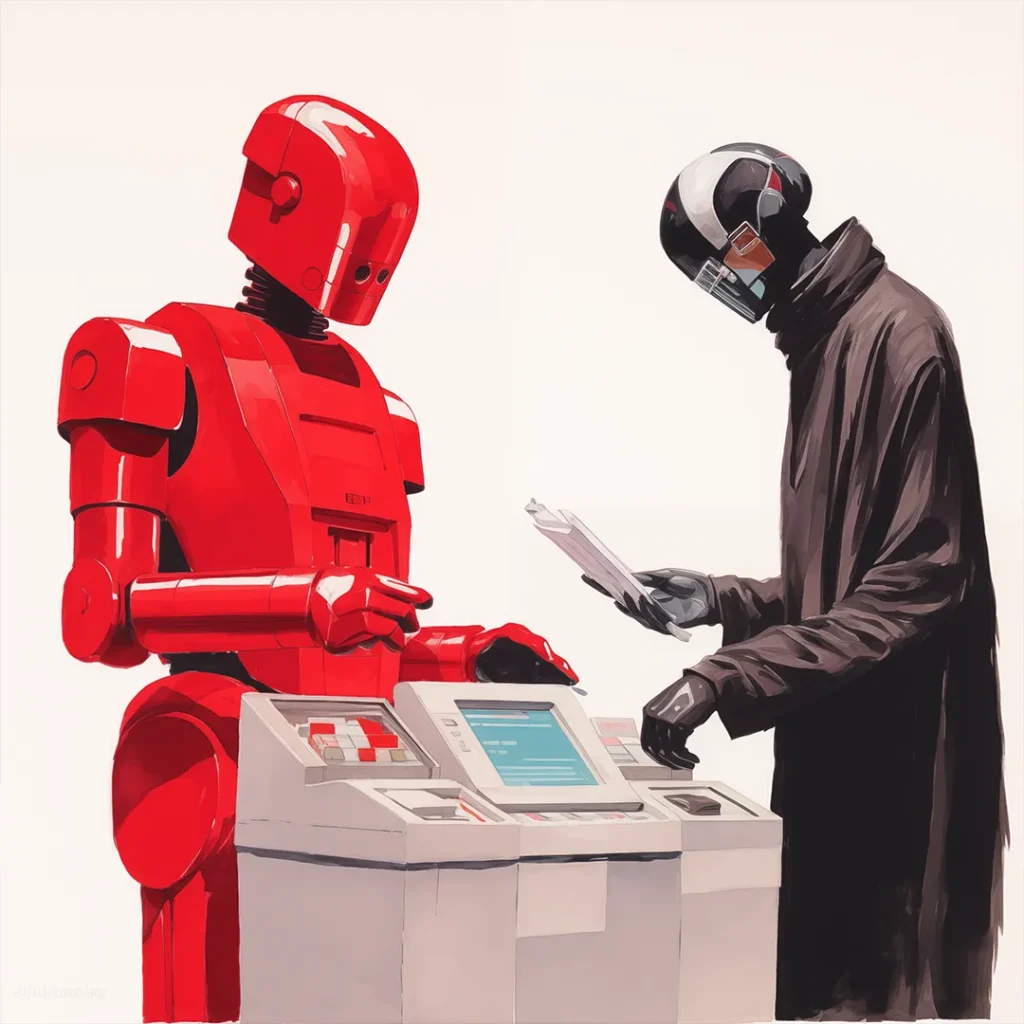
The Buyer's Journey: A Key for Small Business Marketing
In a small corner of Main Street, Sarah, the owner of a local coffee shop, faced a dilemma. Despite her aromatic blends and cozy ambiance, her sales weren’t reflecting the quality of her offerings. What’s going on here?
This scenario is quite common among smaller brands, highlighting the importance of understanding the buyer’s journey. According to a Salesforce report, 87% of consumers begin their shopping journey online, making it crucial for businesses to effectively engage them from the outset.
The buyer’s journey refers to the process a customer goes through before making a purchase decision. It consists of several key stages, starting from the recognition of a problem or need all the way to post-purchase actions.
Understanding this journey is crucial for businesses – especially small, local ones – to align their marketing and sales strategies effectively. This improves traffic, conversion rates, customer experience, and long-term brand growth.
Stages of the Buyer’s Journey
There are four main stages of the buyer’s journey:
Awareness Stage
This first stage focuses on problem or need recognition. Customers realize they want to make a purchase but may not have a specific solution in mind yet. Educational content like blog posts and infographics bring brands onto their radar. This also the stage where entertaining content or engaging with social media trends can increase your brand’s reach.


Consideration Stage
Here, consumers evaluate and compare different solutions for their needs. Brands can provide value through webinars, guides, and product videos showcasing features. This helps customers evaluate brands against alternatives. The consideration stage is also an opportunity to engage in brand story telling, to humanize your brand for audiences who have already been through the awareness stage.
Decision Stage
The consumer decides on the specific solution and makes the final purchase choice. Dimensional Research’s survey shows that 90% of customers report being influenced by positive reviews in their purchasing decision, underlining the importance of content like case studies and testimonials. Brands should enable this decision through testimonials, comparisons with alternatives, and case studies establishing authority and trust. This is the stage to offer promotions and direct call to actions to drive for conversions.


Delight Stage
Post-purchase, the focus shifts to ensuring a great customer experience through support and loyalty-building content. Newsletters, special offers, and great customer service are impactful here. A study by Zendesk reveals that 52% of consumers are more likely to make repeat purchases if the company offers efficient support services. This is where you build a relationship with your customers and hopefully nurture them into brand ambassadors.
Aligning Marketing with the Buyer’s Journey
It is crucial for marketing campaigns and sales processes to align with the buyer’s journey stages. Meeting customers’ specific needs at each point leads to better engagement and conversion rates.
A Salesforce survey indicates that B2B and B2C customers expect communications from businesses that are tailored to their needs. Developing buyer personas based on target consumer profiles helps further personalize outreach.
Example:
Consider a customer looking to hire a landscaping service to upgrade their backyard.
They initially search online for options (Awareness Stage). But due to budget constraints, they decide to put off the project. Six months later, after saving up more funds, the customer re-enters the journey.
They request several bids for evaluation (Consideration Stage). However, the quotes exceed expectations so they close the process again.
Then the following year, the customer reactivates their search (Awareness Stage) and explores new lower-cost design ideas from various landscaping sites (Consideration Stage).
Finally, by reallocating funds and finding a company willing to work within their price range, the customer feels ready to decide (Decision Stage).
After choosing the best option based on online reviews, they then receive guidance on maintaining their new space (Delight Stage).
As we can see, customers may enter and exit the buying journey multiple times before finally making a purchase. Having marketing touchpoints aligned to each phase is crucial for small businesses to re-engage these prospects when they return.
For example, educational social media ads keep the landscaping company top of mind during the Awareness phase while promotional emails with special offers spark re-consideration. Retargeting past leads with testimonials and case studies fuels the Decision stage while loyalty programs bring customers back to Delight after initial purchase.
With limited resources, creating highly targeted and adaptive multi-channel campaigns enables small, local firms to cost-effectively nurture prospects across iterations of this non-linear journey. Tracking engagement metrics, lead response trends, and sales cycle data informs the optimal mix of digital and offline efforts at each point – shortening time to conversion. Rather than generic blanket marketing, strategically mapping messages and channels to what matters most at each stage is key to affordable acquisition for small businesses.
// CONCLUSION
The buyer’s journey should inform any small business’ customer acquisition and retention efforts. Optimizing touchpoints via stage-specific content and outreach is invaluable, especially with limited marketing resources.
Developing buyer personas allows further personalization.
By truly understanding target customers’ decision-making processes, brands can accelerate growth.


